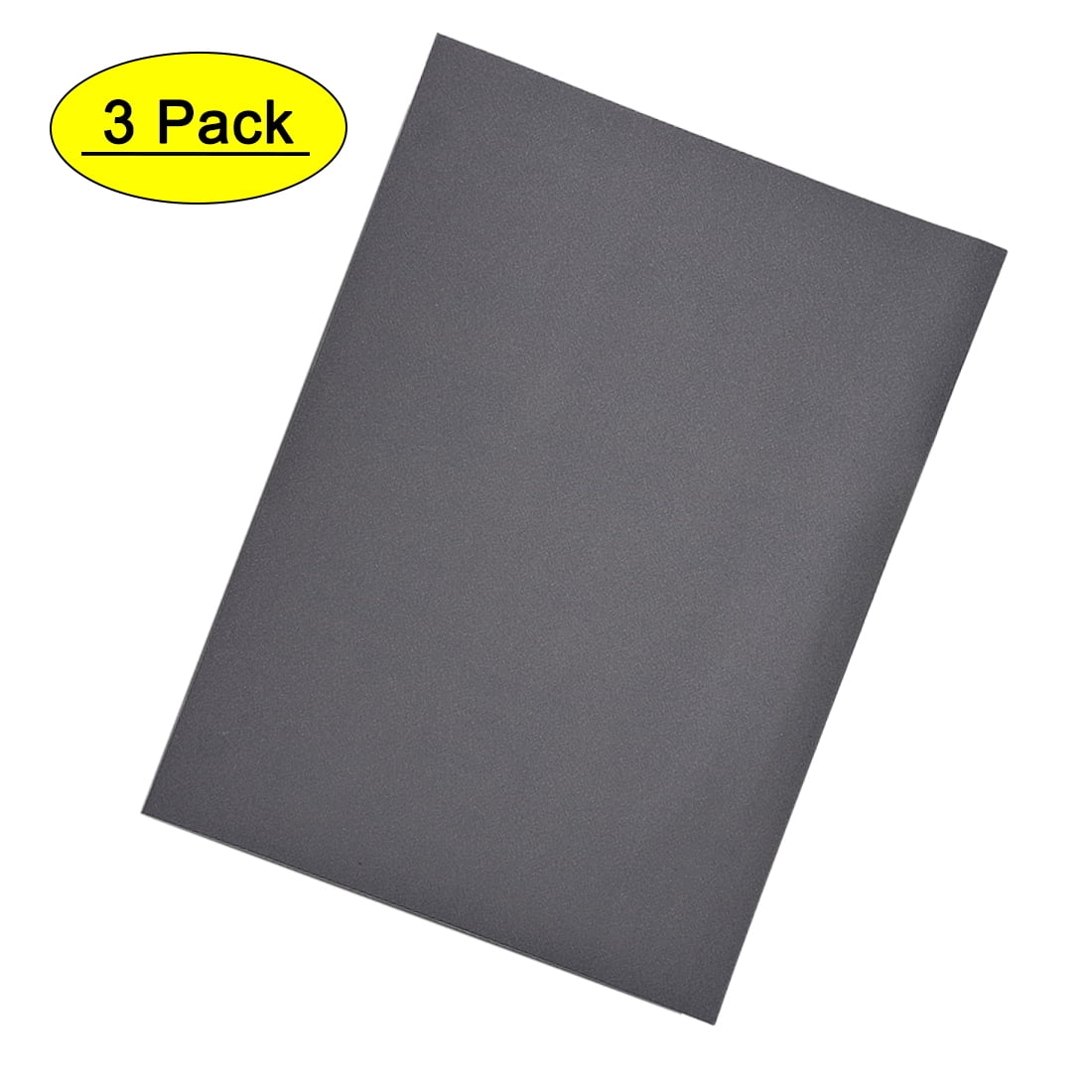

If youre using an electric sander, mist the hull surface with a spray bottle. Be very careful at the hull corners and the top of the topsides where gelcoat is usually the thinnest. If youre sanding by hand, soak the sandpaper in a bucket of fresh water until youre ready to use it. 3M recommends finish sanding with 1500-grit because its easier to buff out a 1500-grit scratch then an 800-grit one. Nelson Roberts of Atlantis Boatworksin Sarasota, Fla., showed us his coveted sander, a pricey device made by Mirka, which has developed an alternative to pneumatic and heavy electric tools.


While you can wet-sand by hand using a rubber block, we suggest using a pneumatic or electric, dual-action (DA) orbital sander to make the job faster. Pros we talked with prefer Sunmight, 3M, and Mirka sandpapers they don’t load up as quickly and last longer. Wet sanding: Start with 600- to 800-grit wet-dry sandpaper. We used P80 Abranet sandpaper for fairing epoxy filler on the keel of our O’day Javelin. The Mirka random-orbital sander can also be used for on more aggressive sanding jobs. A good wax will help protect the hull, so you wont have to buff so aggressively in the future. Follow the compounds with a polish and a good boat wax ( September 2010 and July 2009) like Collinite’s No. This can be followed by a medium- or fine-grit compound if the boat is less than three years old or the oxidation is only mild, you can go straight to a medium- or fine-grit compound. Assuming, of course, you’ve got enough gelcoat to sand.įollow the wet sand with a fast-cut, coarse-grit rubbing compound. However, if the rubbing compound is getting you nowhere (try a test patch), and after washing the rubbed area, the oxidation is still visible, its time to wet-sand the hull. If oxidation and minor scratches are your problems, a rubbing compound system (followed by a wax) should be enough to restore shine. Using a gelcoat restorer ( July 2011) is another option, but be aware of their pros and cons. Remember that gelcoat is only a thin layer to begin with-it varies from boat to boat, and its thinnest at the bow, corners, and curves-and an aggressive buffing compound may take that layer down to fiberglass. If the gelcoat is deeply scratched, gouged, or looking thin in some areas, it may be time to sand and paint the hull ( Practical Sailor covers hull paint: December 2012, February 2011, August 2009). Only when its obvious that you are making no progress with an abrasive material (either sandpaper or compound) should you move up to more aggressive media. If restoring the hull requires wet-sanding or rubbing compound, the general rule is to start with the least aggressive approach. Youll need to inspect the health of your gelcoat and decide which solution is best for you. Restoring old gelcoat is a matter of degrees. The fruits of your labor-unlike that new sanitation hose you sweated over last fall-are apparent to everyone. Although this can be tedious work, it is one of those jobs, like varnishing, that offers instant gratification. Our test of aggressive rubbing compounds for heavily oxidized fiberglass hulls also gave us an opportunity to look at the tools and techniques involved in resuscitating a neglected hull.


 0 kommentar(er)
0 kommentar(er)
